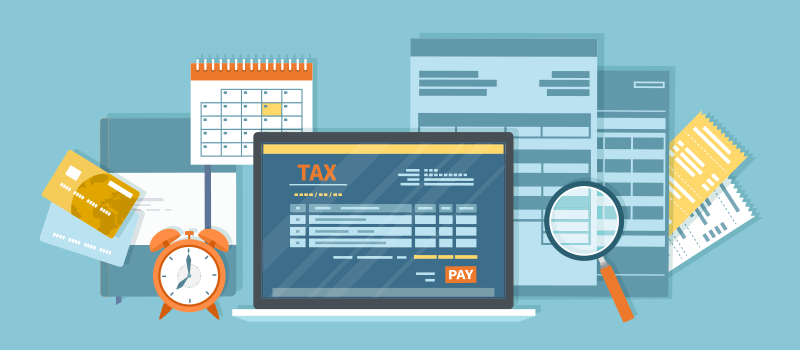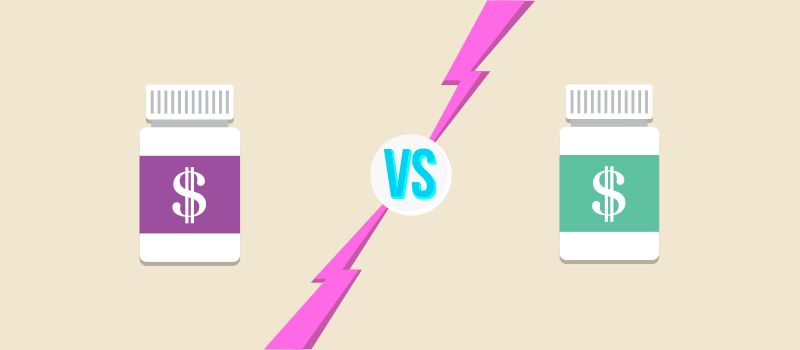What’s the Buzz
The Bee Healthy Blog
What is a Pharmacy Benefit Manager (PBM)?

Americans spend more on prescription drugs than anyone else in the world, with average costs being about $1,200 per person per year[1]. With the cost of prescriptions continuing to increase, we’re working to make them more affordable—whether you have insurance or not. In order to do so, we partner with pharmacy benefit managers. Continue reading to learn what role pharmacy benefit managers play in the pharmaceutical world.
What do Pharmacy Benefit Managers (PBMs) do?
Pharmacy benefit managers help manage drug benefits for Americans with (and sometimes without) insurance or Medicare. Your health insurance provider almost always connects with a PBM to provide your benefits, whether you see their name on your insurance card or not.
Pharmacy benefit managers have two main objectives:
1. Curate pharmacy prescription benefits plan options
2. Help patients achieve better health outcomes through greater access to appropriate medications. To do this, PBMs work with drug manufacturers, wholesalers, pharmacies, and plan sponsors.
How do PBMs provide us with pharmaceutical discounts?
To obtain discounts, pharmacy benefit managers maintain relationships with the following:
- Drug manufacturers: The pharmacy benefit manager negotiates a prescription drug price and rebates from the manufacturer. PBMs will put certain medications on drug lists in exchange for rebates, giving the drug manufacturer business.
- Health payer: The PBM manages a payer's drug formulary list (i.e., the medications for which plan beneficiaries may receive coverage.) In exchange, the payer gives the PBM money for administrative services, paying for the actual drug, and paying for drug dispensing. Prescription drug rebates the PBM obtained from the manufacturer should factor into the lump sum the payer owes.
- Pharmacies: In some cases, a PBM will contract with a pharmacy to dispense drugs directly. They will also pay the pharmacy a drug dispensing fee.
What are the main responsibilities of PBMS?
Maintain drug formulary lists: Pharmacy benefit managers also manage and maintain formulary lists. A drug formulary or drug list is a list of prescription medications preferred under a specific health plan. They are essential to understanding healthcare benefits and what type of care a beneficiary can access. If a patient is prescribed a drug that is not a part of her health plan's formulary list, either she will pay the entire cost out-of-pocket, or her provider will have to select another drug that is under the plan's formulary.
Negotiate drug prices, and manage rebates: Pharmacy benefit managers also negotiate drug costs when purchasing from prescription drug manufacturers. Drug manufacturers are in charge of setting the list price for their prescription medications--it is rarely the price a PBM pays for the drug.
What are rebates?
Since drug manufacturers know that PBMs are responsible for creating drug lists, they would want to work with the PBM to get their drugs (especially more expensive drugs) featured on their list. To achieve this, they will often give a rebate to a PBM. The PBM will need to negotiate a payment for a drug that is lower than the list price. From there, the PBM receives reimbursements from its payer partners while paying a drug dispensing and administrative fee to pharmacies.
As the healthcare industry continues to zero in on the rising cost of healthcare and prescription drugs, the role of pharmacy benefit managers and how they work with both payers and drug manufacturers will remain important. These middlemen play a vital role in setting prescription drug prices, and as such, have a significant effect on healthcare spending, out-of-pocket patient drug costs, and, ultimately, drug affordability and access—including the discounts we provide for you!
Start saving on your prescriptions with our free prescription discount card!











SOCIAL